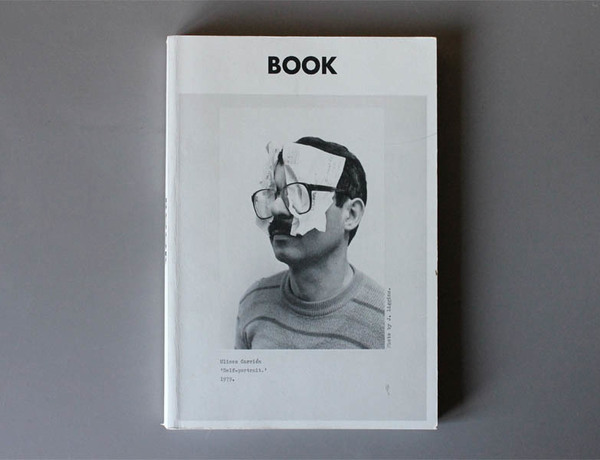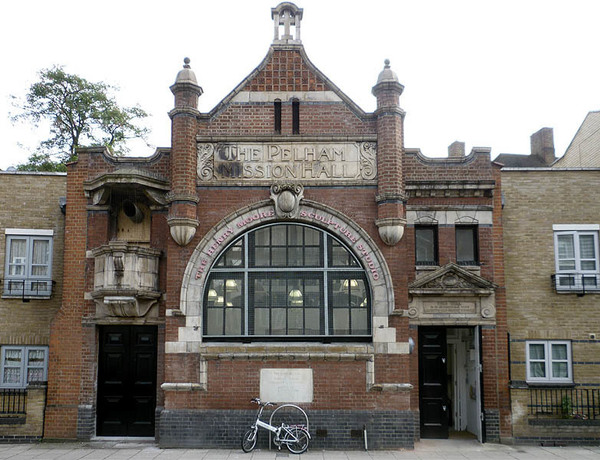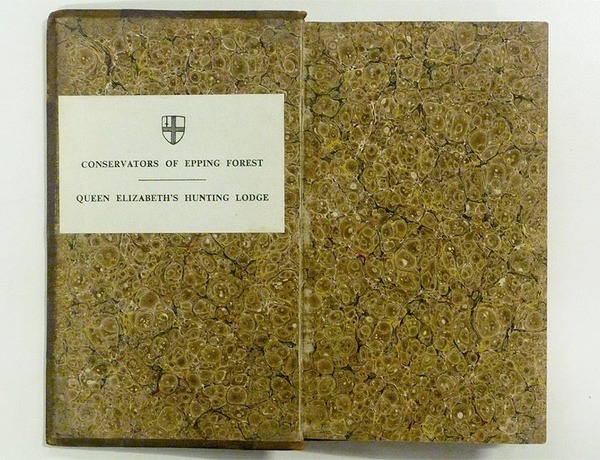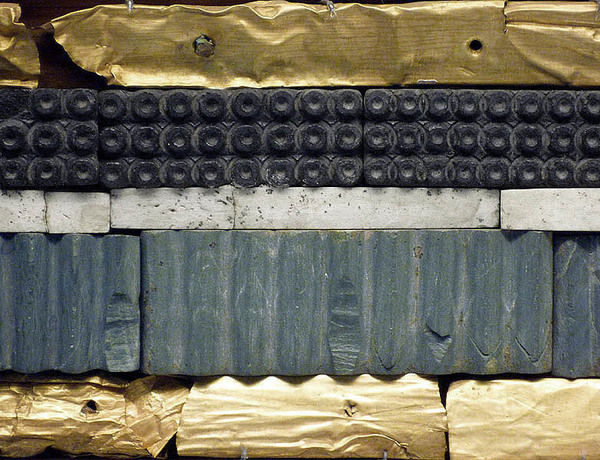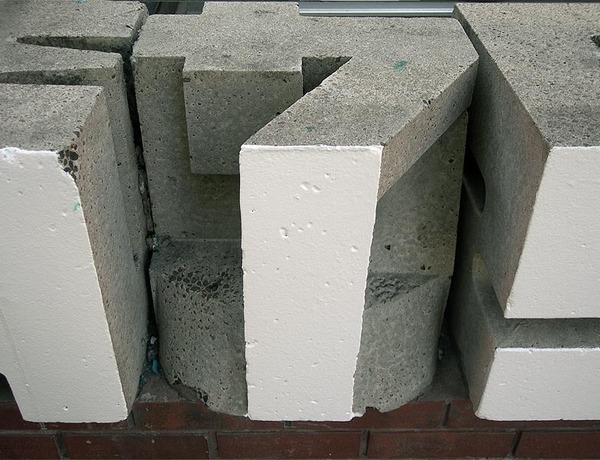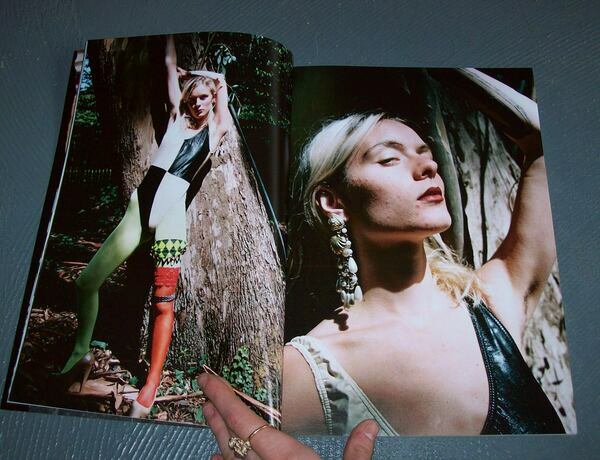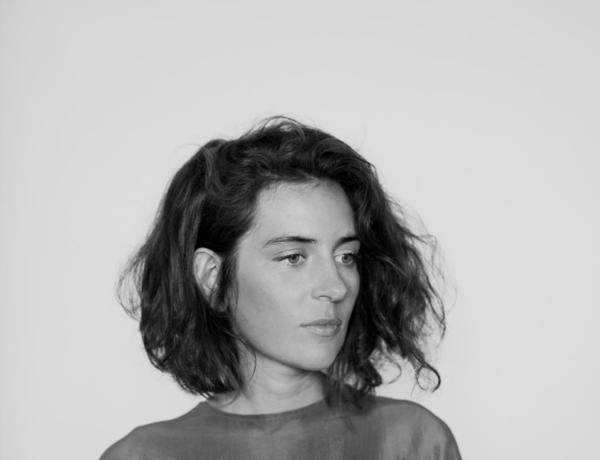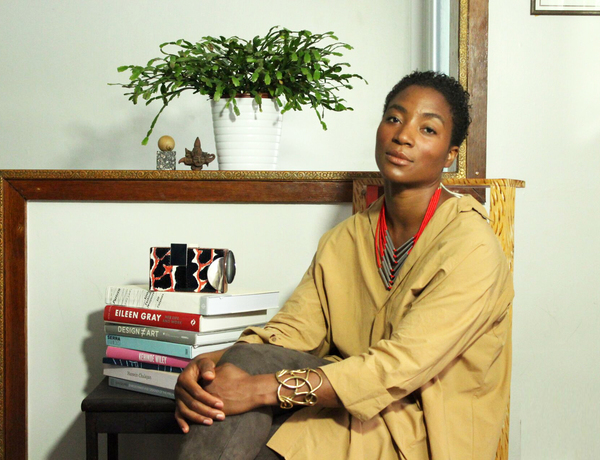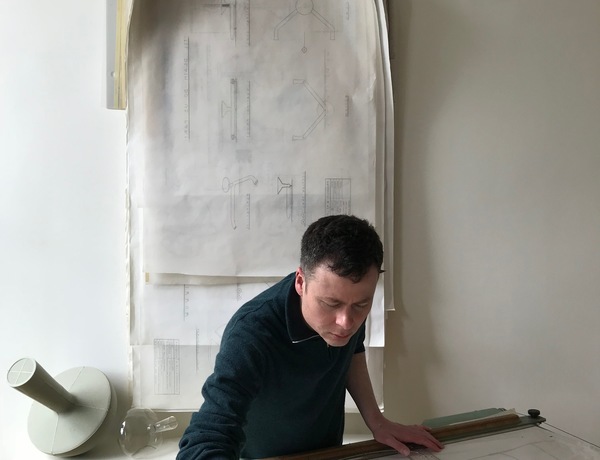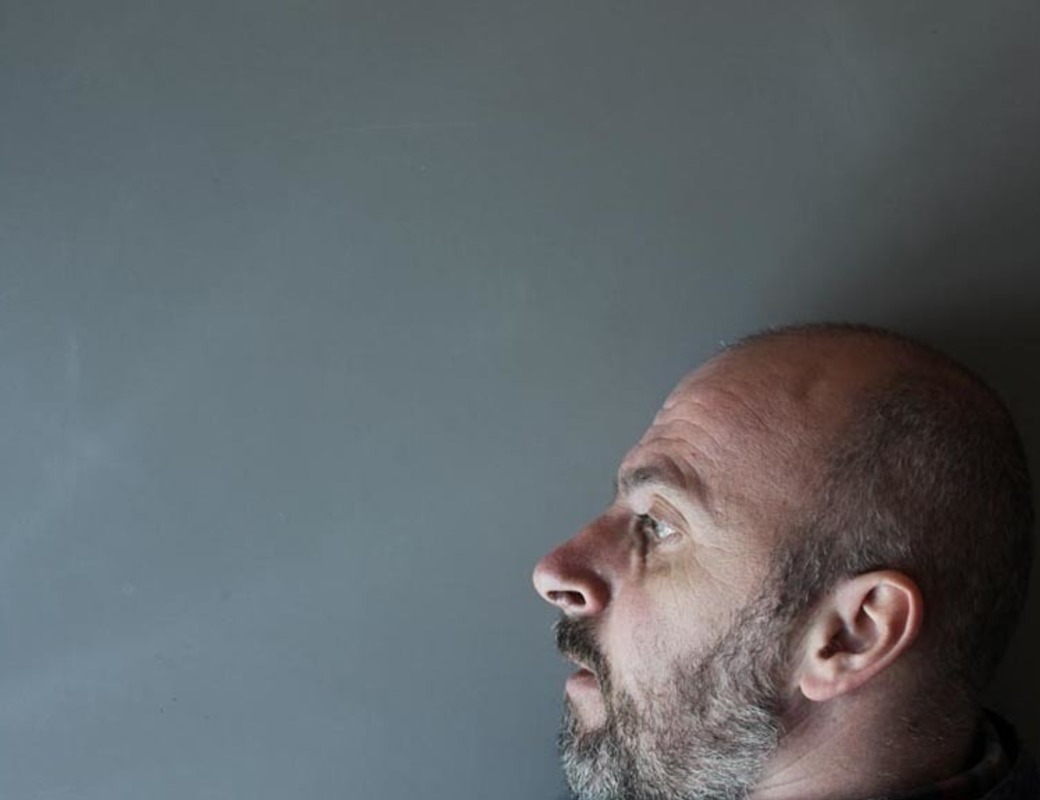
About Peter
Peter Nencini came to London in 1992, to study at the Royal College of Art. Aside from a three-year interlude working in Brussels, he stayed put. A designer and educator, he has worked across print and television for clients such as the New York Times and the BBC. More recently, he has gravitated towards editioned and exhibited work in ceramic, fabric, wood and metal — with a bonding interest in the space between typographic and figurative form.
An interview about his work, with Ryan G. Nelson for the Walker Art Center, can be read here. His editioned box and wall works are currently showing at Partners & Spade, New York.
Current city:
London
Peter Nencini came to London in 1992, to study at the Royal College of Art. Aside from a three-year interlude working in Brussels, he stayed put. A designer and educator, he has worked across print and television for clients such as the New York Times and the BBC. More recently, he has gravitated towards editioned and exhibited work in ceramic, fabric, wood and metal — with a bonding interest in the space between typographic and figurative form.
An interview about his work, with Ryan G. Nelson for the Walker Art Center, can be read here. His editioned box and wall works are currently showing at Partners & Spade, New York.
